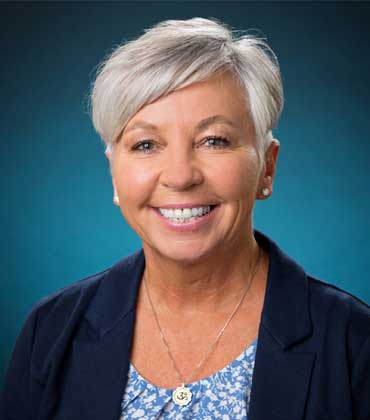Through this article, Tammy Needham brings spotlight to the evolving role of chief nursing officers (CNO) to leverage technology that can lead their organization toward a patient-centered, technology-driven future while ensuring the nursing workforce remains well-equipped, engaged and empowered.
As the healthcare landscape evolves, CNOs must stay ahead of new challenges and opportunities in patient care. They must use technological trends to enhance patient care, streamline operations and ensure that the nursing staff is well-equipped and supported. Here are some key technology trends that are shaping the role of CNOs.
We see the ongoing evolution of electronic health record systems, focusing on improving interoperability. CNOs ensure the systems are comprehensive yet not repetitive and can communicate seamlessly with other healthcare systems.
Artificial intelligence and machine learning transform healthcare by predicting patient outcomes, optimizing staffing levels and identifying at-risk patients. CNOs can leverage AI to improve clinical care decision-making and operational efficiency. Predictive analytics tools can help forecast patient volumes, predict staffing needs and identify early patterns of clinical deterioration.
Telehealth services are expanding, including virtual care visits and remote patient monitoring. CNOs must ensure that nursing teams can deliver care remotely, integrate telemedicine platforms with EHRs and provide adequate training while workflows are in place. For example, wearable devices can monitor chronic patients’ conditions, reducing hospital readmissions and improving long-term care.
Nurses can dictate notes, review patient charts and perform tasks hands-free, improving overall efficiency. Nursing workforce management technologies include machine learning for scheduling and optimizing nursepatient ratios. Due to the ongoing nursing shortage, CNOs increasingly adopt workforce management platforms that use real-time data to forecast staffing needs, manage labor costs and reduce burnout. Predictive scheduling tools adjust real-time staffing levels based on patient acuity, census and expected discharge rates.
NOs are leading the implementation of tools that allow patients to engage in their care outside of the hospital, enhancing communication and encouraging selfmanagement. Mobile health apps allow patients to access their health records, communicate with nurses and track their recovery progress post-discharge.
Clinical Decision Support Systems (CDSS) have evolved to provide actionable insights using advanced algorithms and real-time data analysis. For example, realtime CDSS tools integrated into EHRs alert nursing staff to potential medication interactions or deviations from clinical guidelines.
Virtual Reality (VR) and Augmented Reality (AR) are growing in use in nursing education and training. They offer immersive simulations of clinical situations. CNOs are adopting VR and AR platforms to provide nursing staff with real-world practice scenarios for clinical skills, patient care and emergency response. An example is using VR simulations to train nurses in complex procedures or respond to critical situations, improving competency without risking patient safety.
Voice-activated assistants and natural language processing (NLP) are integrating more into clinical workflows. CNOs are implementing these technologies to reduce nurses’ administrative burden and streamline documentation. Nurses can dictate notes, review patient charts and perform tasks hands-free, improving efficiency. An example is voice recognition software integrated with EHRs, allowing nurses to document patient information without needing to type, reducing burnout and improving productivity.
By staying current with these trends, CNOs can help lead their organizations into a more efficient, patient-centered future while ensuring nursing staff is empowered and well-equipped to meet the demands of modern healthcare.




